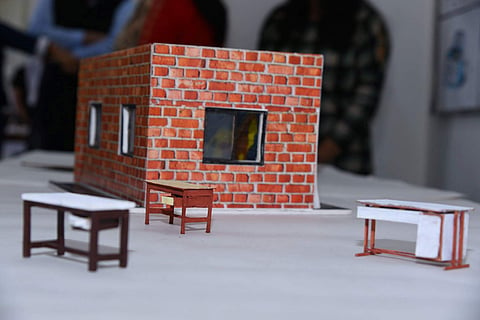

For any country to have an organised built environment, it needs indigenous solutions and a skilled pool of talent to cope with the high demand and manage environmental pressures due to increased construction activity. There is a need for focused education and research to produce leaders, who promote innovative solutions rooted in traditional wisdom.
To meet this need, Anant National University set-up the Anant Fellowship, a one-year, full-time, postgraduate programme to introduce young practitioners and students to the concept of ‘built environment’. "The curriculum offers courses not just from the Architecture and Design domain, but also ones that focus on sociocultural and environmental aspects," says Nidhi Goyal, Associate Dean, External Engagement, Anant National University.
However, one of the biggest issues our country faces today is that of urban design. "As a result of migration to urban centres, the cities that are already teeming with population threaten to halt in function. Urban systems and infrastructure like water supply, sanitation and air quality are incredibly compromised.
Roads are perpetually jammed and the public transport systems are overfed," says Ramya Khare, a Fellow, adding, "The maximum brunt of our failing cities is borne by the poor, and thus various human development issues like urban poverty, lack of affordable housing and exclusivity in the design of privatised, gated communities are the most pressing urban issues that need architectural intervention."
Ramya, who worked at COSTFORD, an organisation that helps middle-class families own a house of their own by employing several cost-cutting measures, says, "At COSTFORD, my role was the documentation and analysis of projects like the study of Karimadom Colony, a slum redevelopment project bereft of the usual pitfalls that are associated with such projects. The slum wasn’t relocated from its usual site. Instead, the unique design allowed each dwelling to have a verandah-like space resulting in happy and satisfied inhabitants."
When asked what she hopes to gain through the Anant Fellowship, she says, "I wish to be armed with the knowledge and tools to positively affect the human development standards in our urban environment like providing urban inclusion through design and policy, tackling urban violence by responsive urban design, and impacting the livelihoods of marginalised communities by ensuring employment and educational opportunities."
